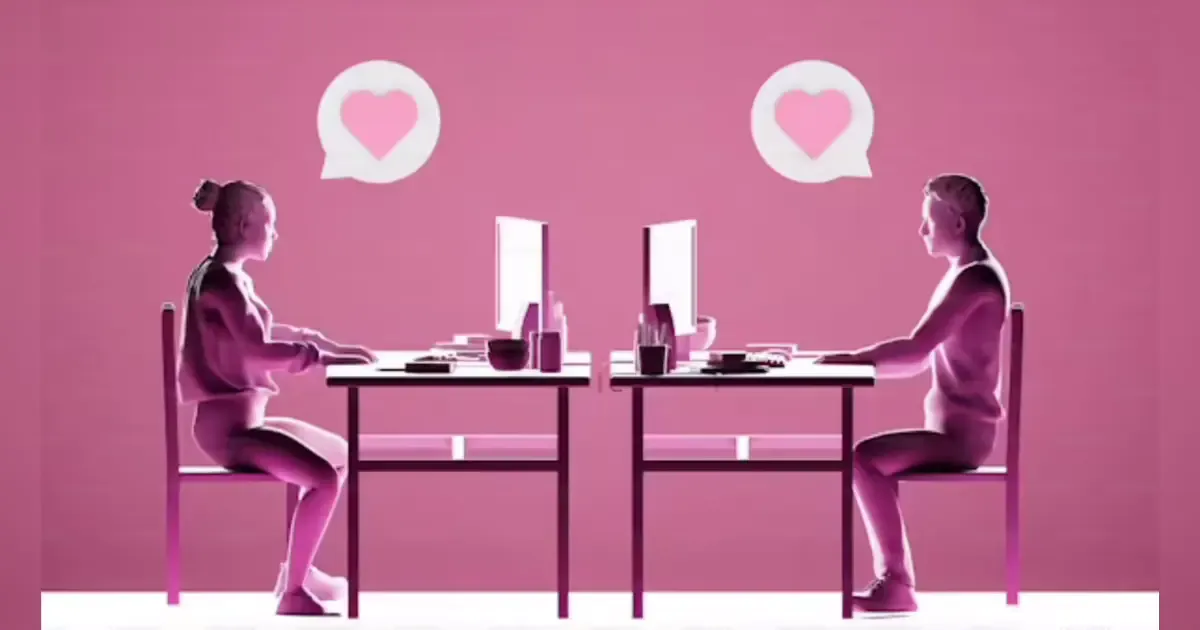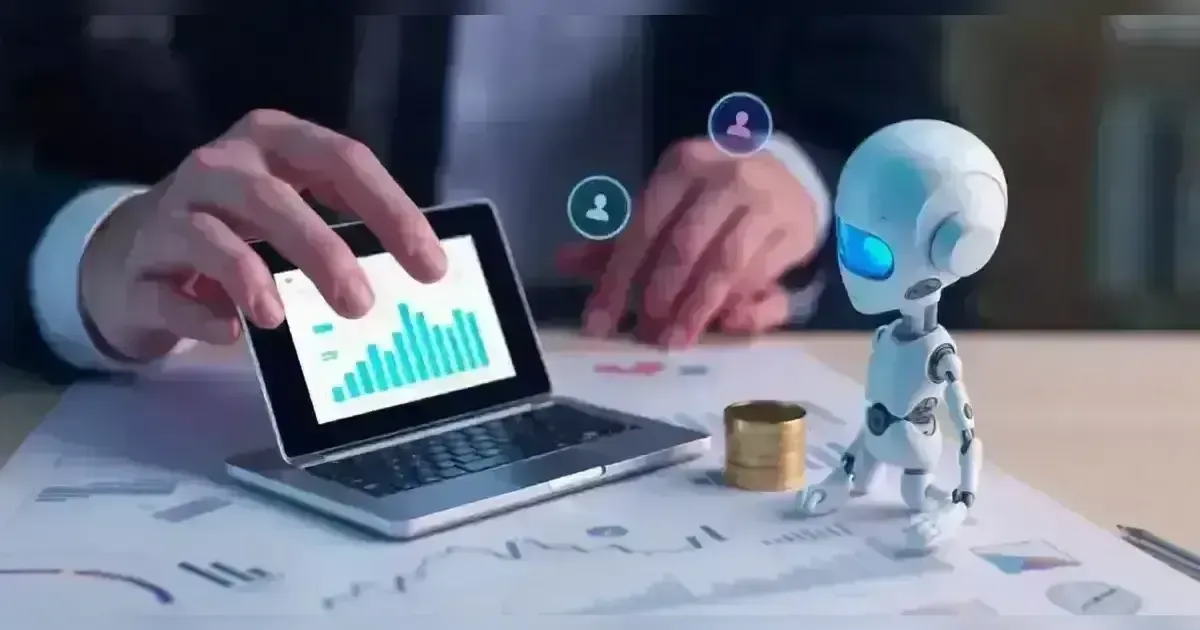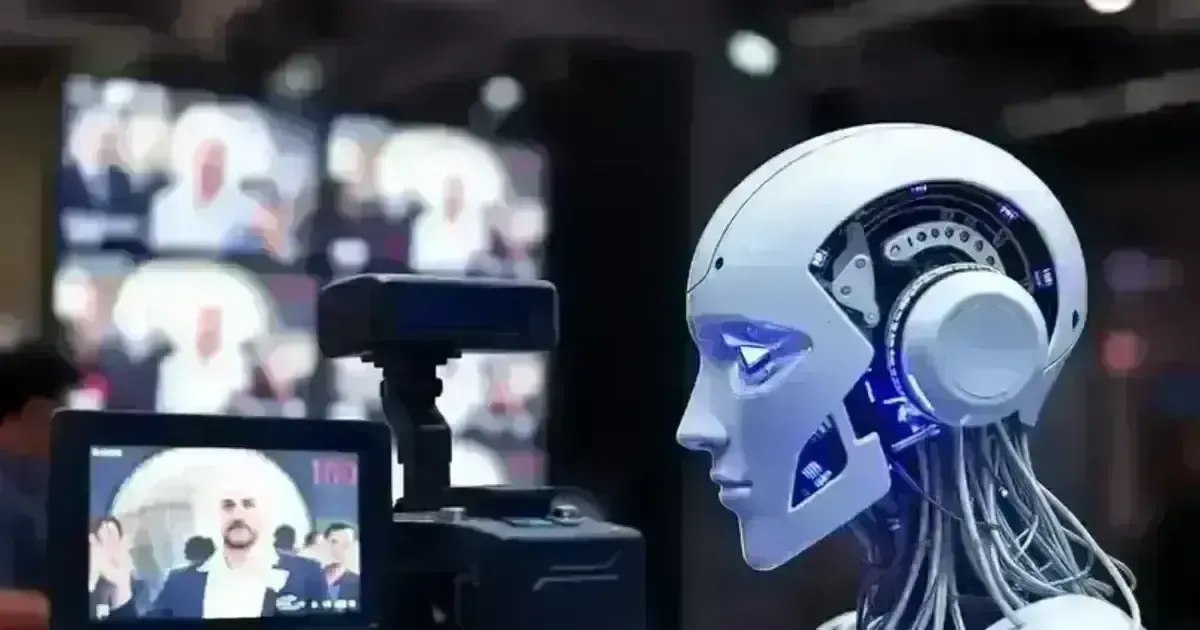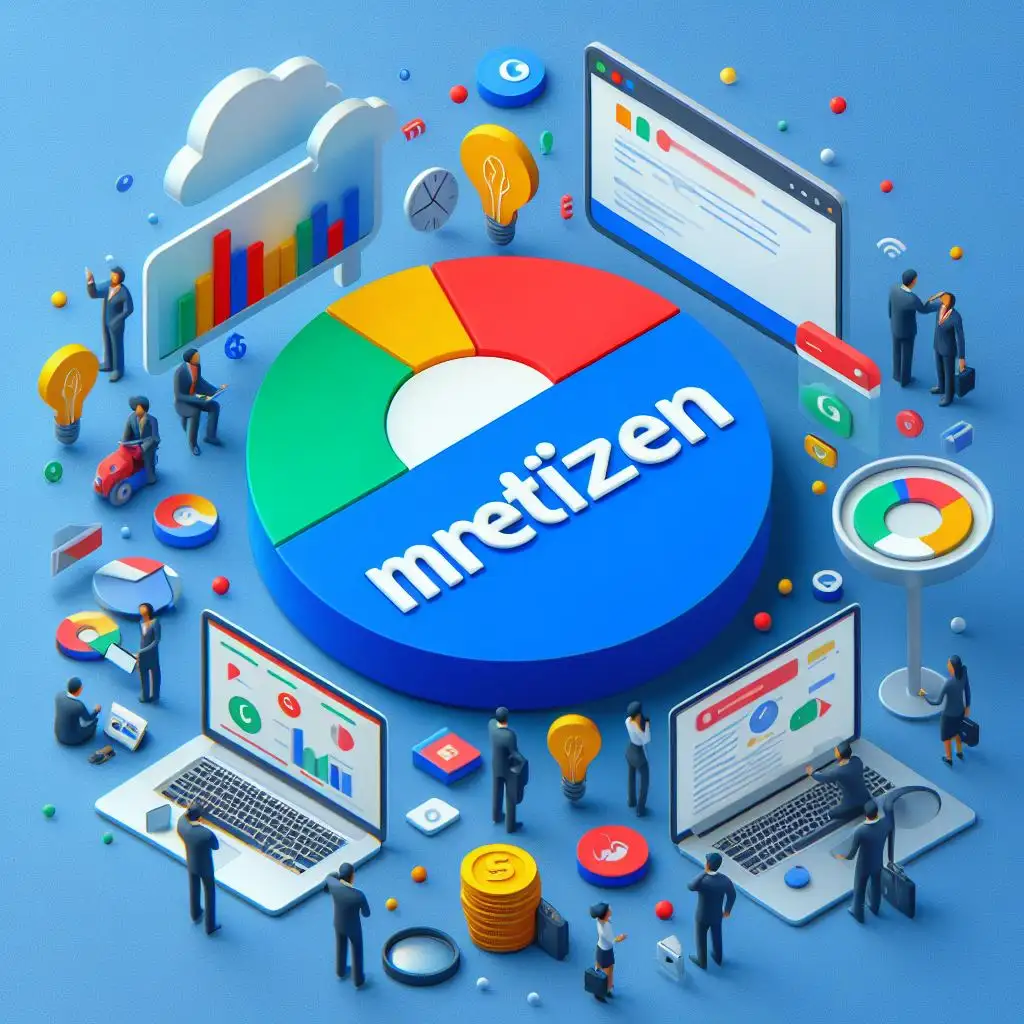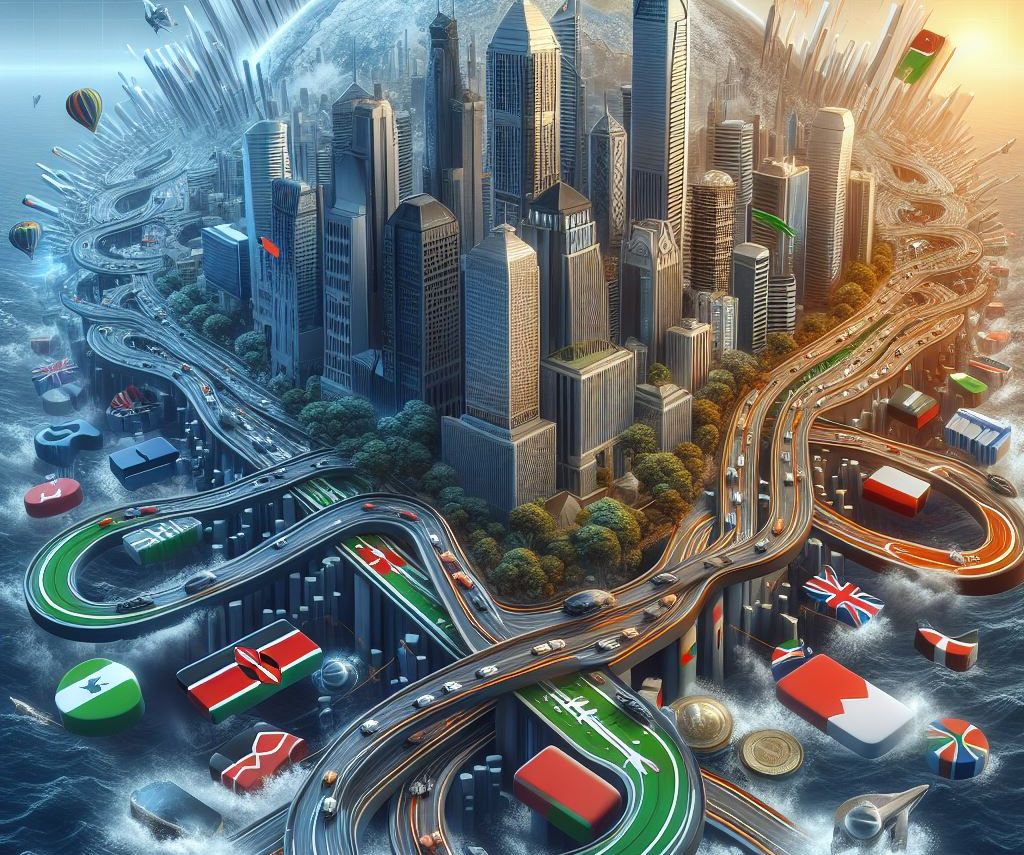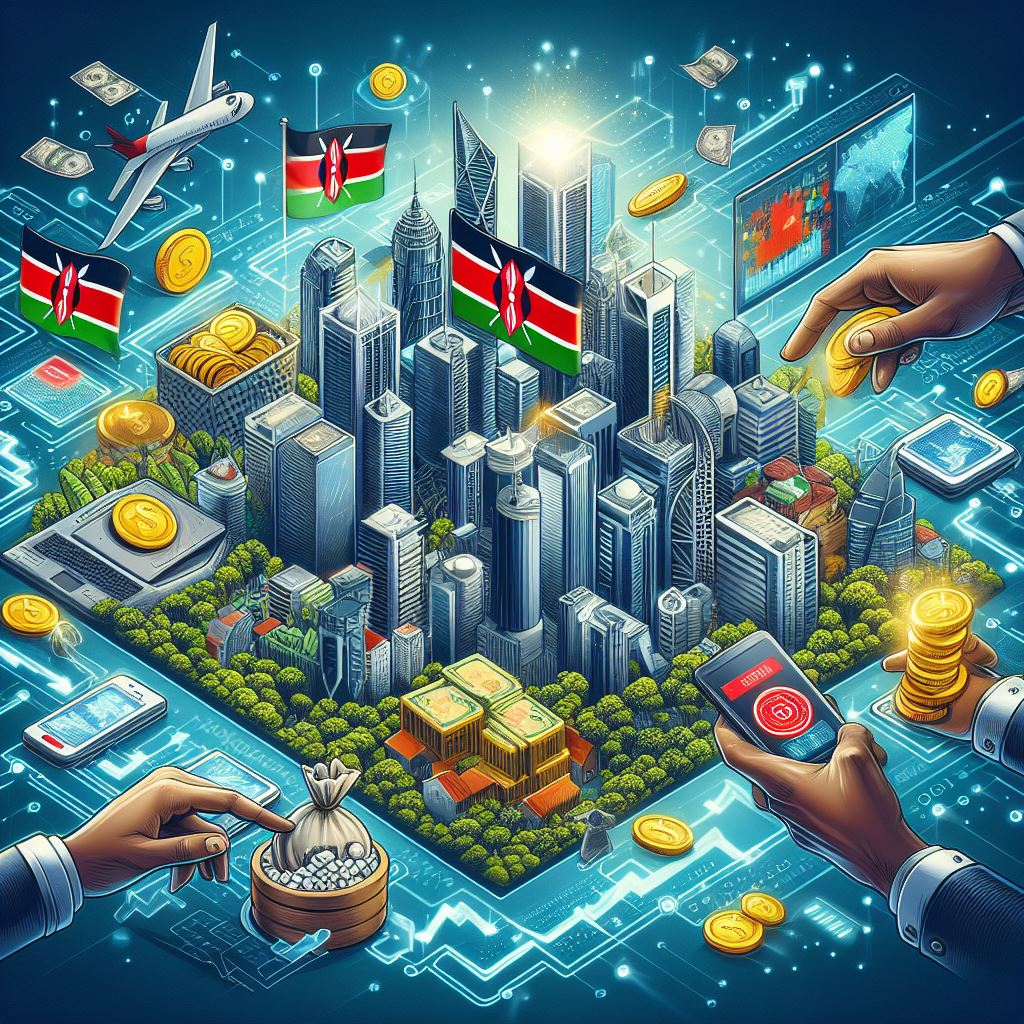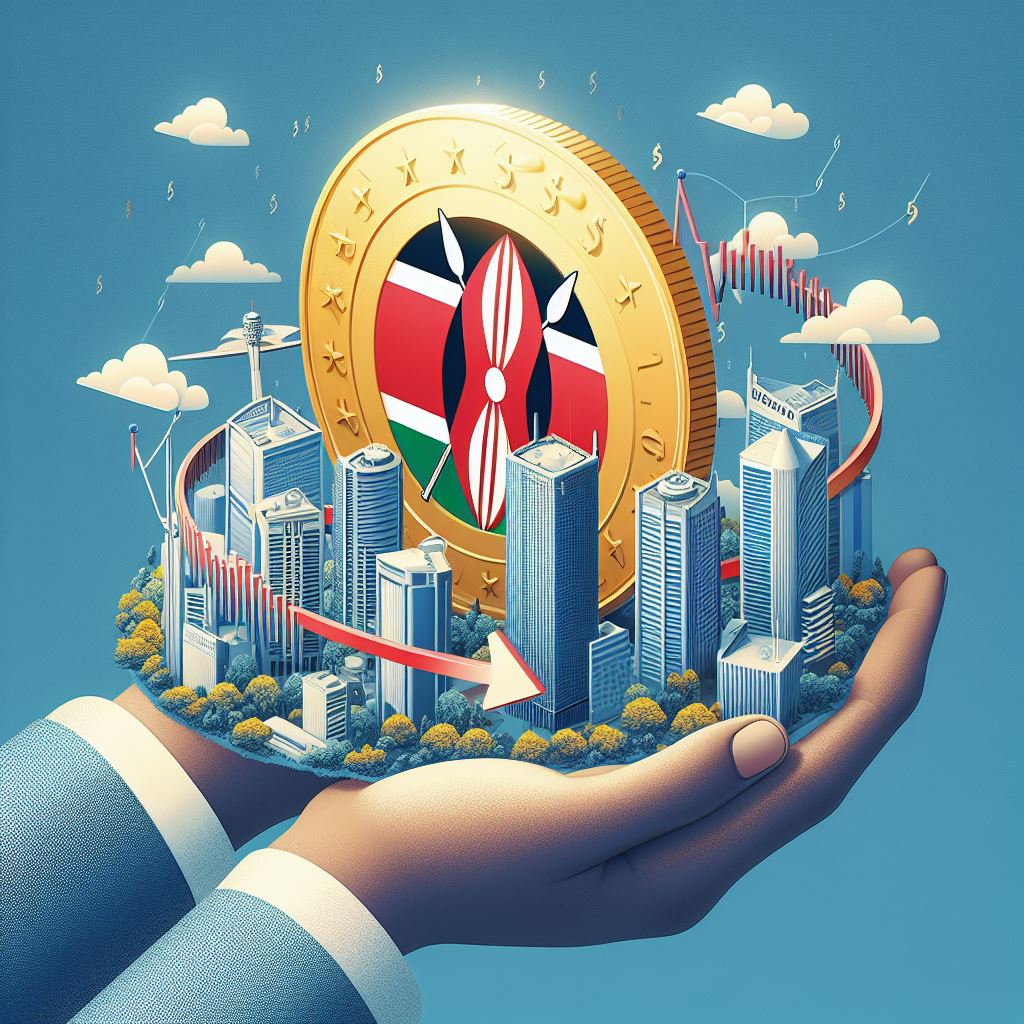Modern forms of dating and virtual dating described in current work, facilitate and expand people’s opportunities to find partners with similar interests all over the world but call for new problems of difficulty of choice and problems of trust and communication which need to be balanced and developed....
Navigating Love in the Digital Age: Online Dating and Virtual Romance
Introduction
Modern relationships seem to be completely different from what people knew before, especially in romance context. Not any longer limited to chance meeting on the street or ‘blind dates’ set up by friends, love in the age of technology is a result of screens and space. Popular dating applications, virtual communication platforms and social networks have become the new paradigm in pair and interpersonal relationships, novelties and complexities of which define further developments in the field. Modern dating is more like looking for a relationship, too simple as using a smartphone’s touch screen and swiping left or right. However, this new dating also come with new challenges which digital dating brings and which contribute in changing relationships.
When it comes to lover relations the incursion of the technology has been immense in one way and the other. Using just a single application download, people suddenly have an abundance of prospective companions from around the globe, can browse through the various profiles, ‘chat’ with prospective partners, and build relationships that may be based on hobbies or moral outlooks. Dating apps such as Tinder, Bumble, and Hinge not only made dating easier but have also created the benchmark for 21 set-century love. However, these platforms, with a difference in some nuances, are not limiting themselves to providing opportunity to meet each other; they shape the relationships choice, convenience and complexity that often-contrasting mere dating. Notably, with the influence of technology in people’s lives, both the dating process as well as actual relationship are taking root in the online platform.
The Evolution of Online Dating
Online dating is not new. The idea was developed toward the end of the nineties when the World Wide Web connectivity became international and people thought they could find others with similar interests online. Old stair sites like matchbox and eHarmony came on to the scene; these are sites that enabled people to create personal profiles and search for others to date. In the past, internet dating had been understood as a taboo and some people considered it to be a very last resort. As the experience with technology in life became more and more pertinent, the opinion on online dating changed as well. New values and the emergence of the first smartphones helped bring dating subscribing to online services into the everyday culture. This norm was new to some, old hat to others – but by the latter half of the 2010s, the concept of getting together through an app was not only reasonable, but normal.
Today’s dating platforms are much more advanced and provide much more functionality than the first dating platforms appeared. Popular dating applications like Tinder as well as Bumble, for instance, allow users to swipe right or left to show interest or disinterest, which is engaging like a game. Apps attempt to use elements of choice, values, and potentially even personality in matching algorithms as to what best suits users. By using such a format, it can be easier to locate a like-minded individual who is interested in the similar activities and has a similar lifestyle. Moreover, dating apps currently exist for all types of people and for all sorts of interests. This is because each application has a distinct focus; OkCupid takes pledge on compatibility quizzes, Hinge aims at making users form connections, Niche applications are more targeting such as Swipe, a Jewish singles application or HER, a Lesbian application. The personalization has somehow made online dating more attractive than before with reasons such as; difficulties may be encountered while searching for partners in social physical places.
Virtual Communication and Social Media in Relationships
Whereas dating apps have changed how individuals meet, social media and virtual communication devices have changed how connections are kept up. Social media stages like Instagram, Facebook, and Snapchat permit clients to share minutes, express warmth, and remain associated, indeed when isolated by long separations. Social media has gotten to be an auxiliary stage for relationship-building, where couples regularly “follow” each other's lives and lock in in each other's online exercises, indeed some time recently assembly in individual. It's not unprecedented for somebody to be “Facebook official” or have their relationship freely shown through photographs and status overhauls.
In long-distance connections, virtual communication plays a particularly vital part. Video calling stages like FaceTime, Zoom, and WhatsApp have ended up basic for couples who cannot see each other in individual, permitting them to spend time together indeed when miles separated. These virtual gatherings go past insignificant phone calls; video chats empower couples to lock in in shared exercises, like observing motion pictures, cooking, or indeed fair chatting over coffee. For numerous, this capacity to see each other and associated in real-time makes a difference support enthusiastic closeness, bridging the crevice made by physical separate.
Be that as it may, whereas social media and advanced communication give special openings to put, though they moreover show challenges. For one, these stages frequently make improbable desires. Curated social media posts can make individuals feel influenced to show their connections in a certain way or live up to an idealized adaptation of sentiment that they see online. This will lead to pointless comparisons, uneasiness, and indeed envy, particularly when one accomplice is more dynamic on social media than the other. So also, text-based communication needs the subtleties of face-to-face interaction. Without body dialect, tone, or facial expressions, messages are now and then confused, driving to perplexity or indeed struggle between accomplices.
Challenges in Digital Romance: Choice Overload and Commitment Issues
One of the most important drawbacks of online dating is what can be called choice overload. Dating apps give the user an enormous choice but in turn, due to enormous choice, the user can’t focus on one person. With each swipe, there is a potential boyfriend or girlfriend waiting on the other end as such swiping can lead to which can lead to hesitance. Psychologists have established that decision making is often hampered by what they call the paradox of choice. Well, paradoxically, numerous choices may mean less satisfaction as people find themselves browsing the sites because they think that there must be somebody better for them out there. This abundance has a culture that can contribute to users to only tolerate relationship as they are always looking for better things instead of sticking with one partner.
Furthermore, it enables people to behave in ways they probably wouldn’t under normal circumstances because of the anonymity benefiting online dating. About “ghosting,” for instance, where one suddenly removes themselves from communication without any explanation, has lately become more widespread. Since the online interactions are anonymous and emotion based often then it’s easy for the people to leave the interaction mode anytime easily. It can be sorrowful and puzzling for the person who is left alone, the other danger of virtual affection.
Catfishing and Misrepresentation
In current dating there are other critical issues and one of them is called misrepresentation or “cat fished.” Comparing the behavior in online environments, people are active in constructing their image; therefore, they can be anything but the real self. In this case, one can give fake pictures, edit them or post photos that are not familiar to others; fake interests or weird accomplishments are also easily faked. Depending on the severity of a person’s condition, some people produce fraudulent structures completely, lying about appearance, background, and purpose. In spite of advances made by dating services in terms of security, for instance through the use of ID checkup mechanisms catfishing is still rife. The anonymity of the individuals on the other end of the connection can be somewhat disturbing, and that is why Internet daters need to proceed with molasses.
To foster real relationships, one should then transfer interaction to the offline environment once certain elements are discussed. When people arrange a face-to-face date or have live video calls, chances of deception will be significantly reduced as one will gain good insight of the other party’s character and motives. Thus, new opportunities for general population appear with the emergence of online dating while trust with caution is the main note.
The Future of Virtual Romance
As technology advances, the possibilities for digital romance continue to expand. Emerging technologies like virtual reality (VR) and augmented reality (AR) have the potential to reshape online dating further, creating experiences that feel closer to in-person encounters. Imagine a couple separated by miles who can “meet” in a virtual environment, engaging in activities like walking on a virtual beach or cooking together in a simulated kitchen. While still in the early stages, these technologies promise to bring an immersive aspect to virtual dating, allowing people to experience shared moments that feel more tangible and intimate.
Experts predict that VR and AR will make online dating an even richer experience, allowing for a deeper level of connection and engagement than current digital tools offer. These advancements could potentially reduce the feeling of distance in long-distance relationships, making virtual dates more lifelike and interactive. As these technologies evolve, the definition of “being together” may take on new forms, providing more ways for couples to share experiences and feel close.
Conclusion
This literary work finds that through the popularization of the internet, love in the modern world has both been made easier to attain and is more complex at the same time. Affection and love through topical and virtual communication make a new type of service, which allows meeting new people beyond the geography and social circle. This is because for anyone willing to engage in this, then digital romance is a perfect way of meeting, touching base and ultimately being together. However, such convenience comes with it’s with challenges including the problem of drop in decision quality due to increasing variety in choice. New forms of relationships require people to stay fair, to tell the truth and avoid cheating, as well as being honest in their communication.
Basically, people having love affairs in the 21st century are lucky to find a large number of options for communication and connection, but at the same time, it is presented with new challenges related to trust and perceiving each other. The essence of technology is that when it grows, so does the extended ways through which individuals develop their ideas about love and relationships. Whether through a screen or in person, the fundamental desires that drive romance remain unchanged: to share a thought, to meet an eye and to establish a link, which is timeless space. With the advancement of technology, it may appear that love has transformed into something different, however the purest idea of it has not.

